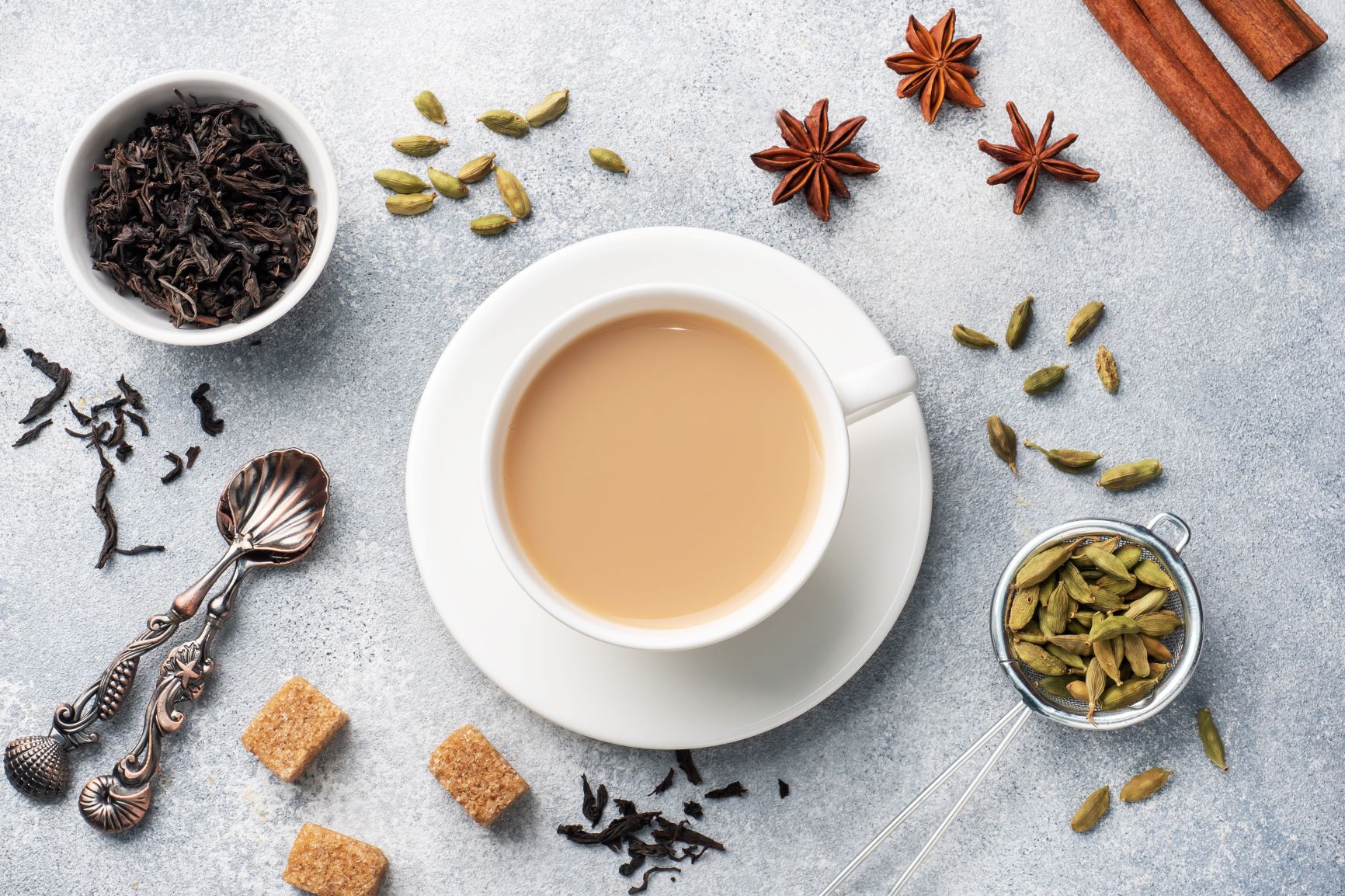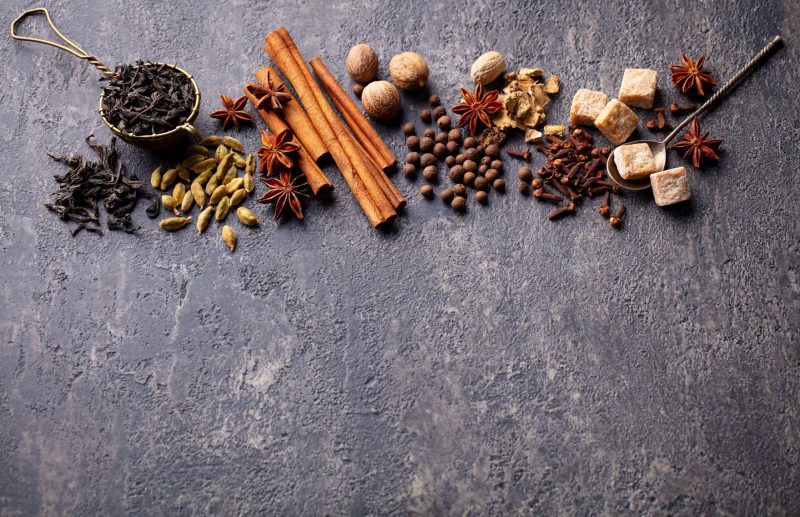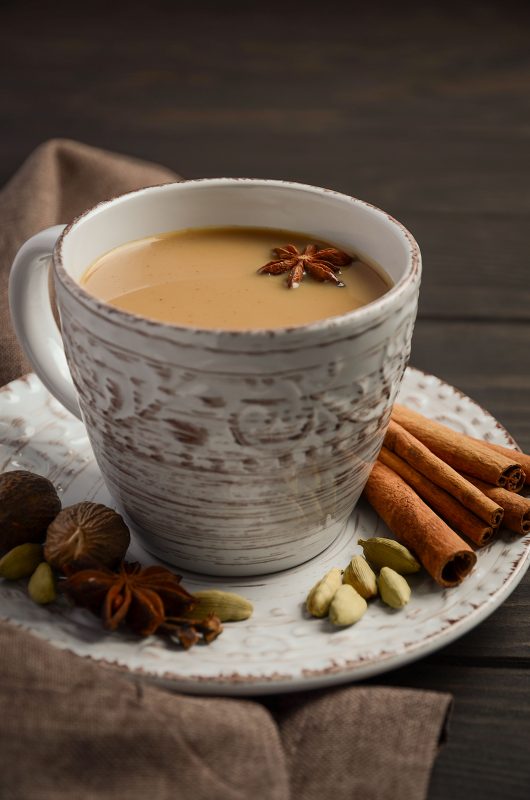The Art of Chai

Chai is the word for tea in several languages including Swahili, so you can stop saying chai tea. Please, I beseech you. What’s known as chai at least in this part of the world, is really masala chai in others like Kenya and India. Some time in the 19th century when the British were busy colonizing everyone, they brought Indians as indentured workers to help build the Kenya-Uganda railway, and so began the synergy.
Masala refers to a spice mixture, and there are many combinations. For our purposes, consider the spices in this as chai masala. Everyone has their own version based on preference. I personally love cardamom and ginger so I use a lot more of these in my mix but feel free to make adjustments where necessary. Once you have figured out what ingredients and proportions you like best, you can make some masala for future use and store it in an airtight container.

MASALA CHAI
This recipe is just a guideline, you are welcome (nay, encouraged) to experiment to your heart’s desire.
Whole milk works best because spices have aromatic compounds which are made up of molecules that dissolve best in fats. It is also the reason you want to add your milk in at the end, as some of the volatile oils especially in fresh ginger, will curdle your milk.

YIELDS: 2 Servings
1 Cup water
1 Cinnamon Stick
1 tbs Green Cardamom pods or fewer of black cardamom
¼ tsp freshly ground Cloves
¼ tsp freshly ground Nutmeg
¼ tsp Black pepper
½ – 1 inch freshly grated ginger
1-2 tsp loose black tea leaves
½ cup whole milk
Use your tool of choice to grind spices. For the cardamom pods, you can use a mortar and pestle to release the seeds, and then use both the pods and the seeds with all the other spices.
Add spices to water and bring to a boil over medium heat, then add the tea leaves.
After 30 seconds or so add milk to the mixture and cook until it begins to bubble and then remove from stove. You want to stay alert here because the chai will spill if you do not remove it from your heat source fast enough.
Don’t forget to sieve the tea
Use sweetener of choice. Although, I don’t recommend anything that will heavily alter the flavor of your chai.
Non-Dairy Milk
Since the makeup and boiling temperatures of various nut milk differ from regular milk, I recommend boiling all your spices in a little water and then adding the nut milk to be warmed at the end. If you allow it to boil until it bubbles over, there is a separation that occurs that is not pleasant in my opinion.
Variations
So long as you know how various ingredients interact with milk, you are welcome to experiment with your chai recipe. I’ve made chai with lavender, lemongrass, rosemary, mint, and most certainly turmeric! Don’t be afraid to try non-traditional combinations.
TRAVEL TIP: When you are ordering tea in Kenya, you have to be specific. If you want this spiced chai, simply order a masala chai otherwise you’ll get plain chai which is black tea with milk.

This article originally appeared on Modern African Table and has been republished with the permission of the author. Find Neema at Modern African Table
